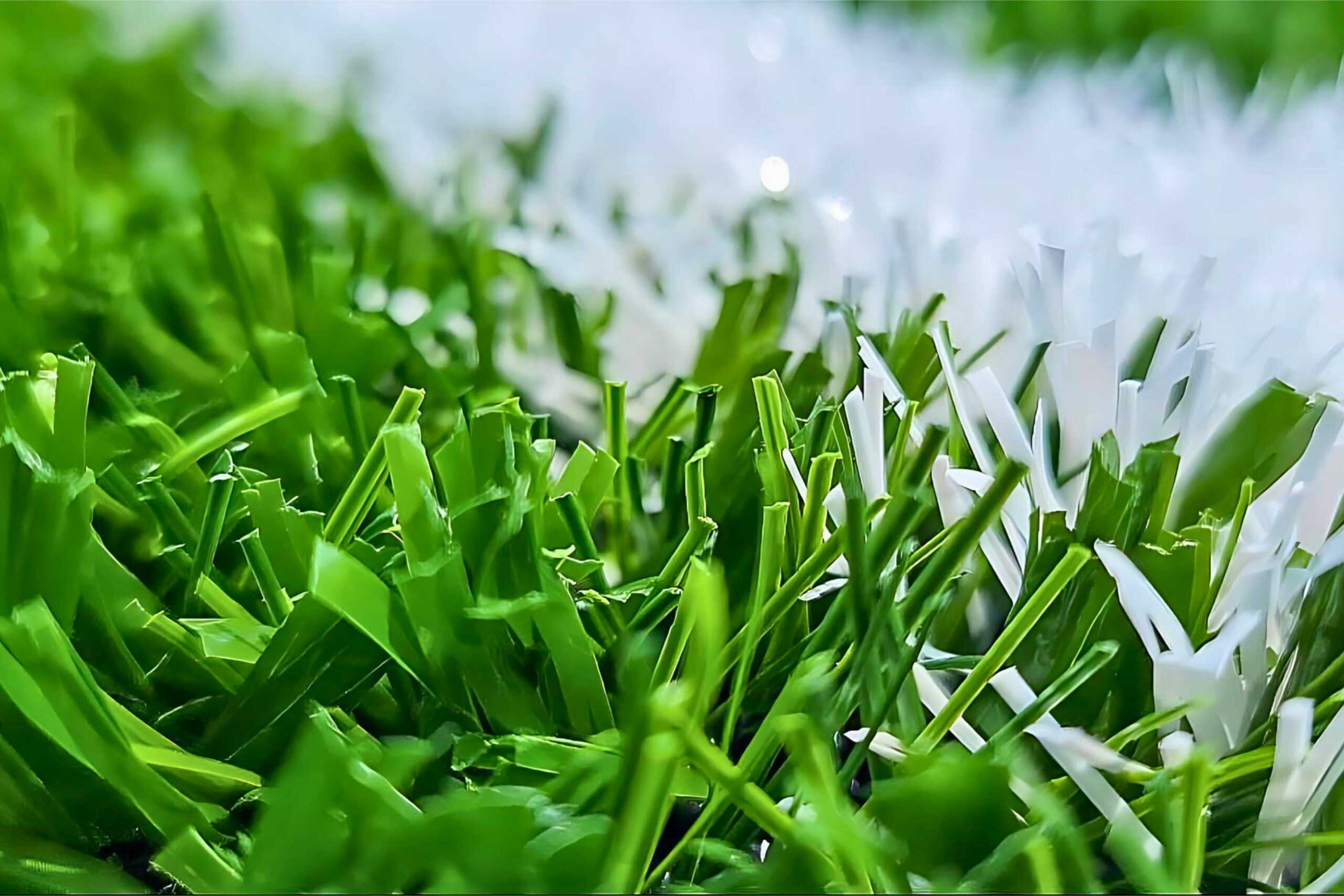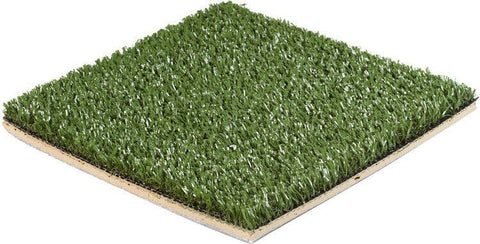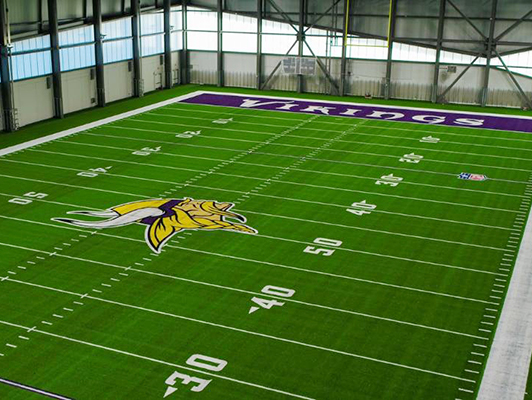Discover Trusted Artificial Turf Companies Phoenix for Your Landscaping Needs
Wiki Article
Look Into the Environmental Conveniences of Opting for Synthetic Grass Solutions
The adoption of fabricated grass solutions offers a compelling possibility to resolve pressing ecological difficulties. By significantly minimizing water use and lessening the application of unsafe chemicals, these choices not just promote sustainable landscaping yet also safeguard regional environments. The lower carbon impact associated with decreased upkeep activities contributes to a more sustainable strategy to land management. The ramifications of these benefits extend past plain conservation initiatives, raising inquiries regarding their long-term effect on environment conservation and general environmental equilibrium. Discovering these measurements discloses an intricate interaction worth considering.Water Preservation Benefits
Among the most substantial benefits of synthetic grass is its capability to conserve water. Typical lawn yards require significant irrigation, especially in locations prone to drought or water restrictions. In contrast, synthetic grass does not need watering, substantially decreasing the general demand for water sources. This attribute is specifically helpful in dry regions where water deficiency is a pushing problem.By removing the requirement for normal watering, fabricated turf contributes to sustainable landscape practices and assists reduce the environmental influence of excessive water intake. Moreover, the preservation of water expands to the decrease of runoff, which can lead to soil disintegration and river air pollution.
Furthermore, the installation of synthetic grass allows communities and house owners to designate water resources extra efficiently, focusing on important uses such as drinking water and agriculture. The shift in the direction of synthetic grass not only promotes responsible water use however likewise aligns with wider ecological goals targeted at protecting natural deposits.
As areas increasingly prioritize sustainability, the water conservation benefits of artificial grass provide a compelling situation for its fostering in industrial and household landscaping tasks.
Minimized Chemical Usage
The shift to fabricated turf substantially decreases the reliance on chemical treatments frequently utilized in all-natural grass upkeep. Traditional grass administration commonly involves the application of fertilizers, herbicides, and pesticides to advertise development and control pests. These chemicals can pose threats to human health, neighborhood wildlife, and the environment, contributing to dirt and water contamination.In comparison, artificial lawn gets rid of the demand for these unsafe substances. By decreasing the launch of artificial substances into the environment, man-made turf advertises healthier soil and water systems.
In addition, the absence of chemical runoff connected with man-made grass installments assists secure regional rivers from contamination, supporting water life and preserving biodiversity. Turf installation phoenix az. As neighborhoods progressively prioritize sustainable techniques, choosing artificial turf offers a practical option that straightens with ecological conservation objectives. Via this change, homeowner can enjoy rich green areas without jeopardizing environmental health, leading the way for a much more sustainable future
Lower Carbon Footprint

Additionally, the installment of artificial lawn can result in substantial water conservation. All-natural yards need substantial amounts of water for irrigation, which not just adds to the carbon impact related to water removal and treatment however also strains regional water resources. On the other hand, synthetic grass requires very little upkeep, needing no watering, therefore considerably decreasing water usage and its associated power expenses.
In addition, the durability of synthetic grass contributes to its decreased carbon effect. With a lifespan of up to 15 years or even more, the need for constant replacements is decreased, causing much less waste and lower energy anchor intake in manufacturing and dealing with traditional grass alternatives. On the whole, synthetic lawn presents a lasting choice for ecologically mindful landscaping.
Habitat Conservation
Environment conservation is a crucial consideration in the argument over landscape design choices, specifically when comparing synthetic grass to natural turf. All-natural lawn yards often require comprehensive upkeep, including the use of pesticides, herbicides, and fertilizers, which can adversely influence neighborhood communities. These chemicals can seep into the soil and waterways, hurting indigenous plants and animals and interrupting regional habitats.
On the other hand, fabricated turf offers a chance to decrease the environmental impact of landscaping. By opting for artificial turf, home owners can minimize the disruption of all-natural habitats related to traditional grass care practices. Fabricated turf removes the requirement for dangerous chemicals, consequently protecting nearby wildlife and maintaining the integrity of surrounding ecological communities. Moreover, the installment of synthetic lawn can cause the conversion of former grass areas right into more biodiverse landscapes, such as pollinator gardens or native plant areas, which can support neighborhood wildlife.
Inevitably, the transition to synthetic grass not just preserves water and minimizes upkeep efforts yet likewise fosters a more unified relationship between human activities and the native environment, advertising habitat preservation while doing so.
Long-Term Sustainability
Long-term sustainability is an important consider examining the advantages of synthetic grass over traditional grass yards. One of the most significant advantages of artificial grass is its longevity; it can last approximately 15-20 years with marginal maintenance, whereas all-natural yard calls for constant reseeding and substitute. This long life decreases the need for constant resources, such as water, fertilizers, and pesticides, which are important for preserving a healthy and balanced turf lawn.In addition, synthetic grass adds to a reduction in carbon exhausts check my blog related to lawn care tools. Standard grass typically call for gas-powered lawn mowers, leaners, and blowers, every one of which add to air pollution. Artificial turf companies phoenix. On the other hand, fabricated turf eliminates the demand for such devices, advertising a cleaner atmosphere
In addition, the manufacturing of fabricated grass significantly uses recycled products, boosting its sustainability profile. As manufacturers embrace eco-friendly methods, the ecological impact of fabricated grass remains to lessen.

Final Thought
The adoption of artificial grass remedies provides substantial ecological advantages, including significant water conservation, minimized dependence on hazardous chemicals, and a lower carbon footprint. Furthermore, artificial grass help in preserving natural environments by lessening land disruption and look at this now promoting long-lasting sustainability via the use of long lasting materials. Jointly, these aspects underscore the possibility of synthetic grass to add favorably to ecological wellness and supply a viable alternative to conventional landscape design techniques in a progressively resource-conscious globe.In contrast, fabricated turf does not need watering, significantly minimizing the overall need for water sources. By lessening the launch of artificial compounds right into the ecosystem, fabricated grass advertises healthier soil and water systems.
Moreover, the setup of artificial turf can result in considerable water conservation. In comparison, synthetic grass needs marginal maintenance, calling for no watering, thus dramatically reducing water usage and its connected energy expenses.

Report this wiki page